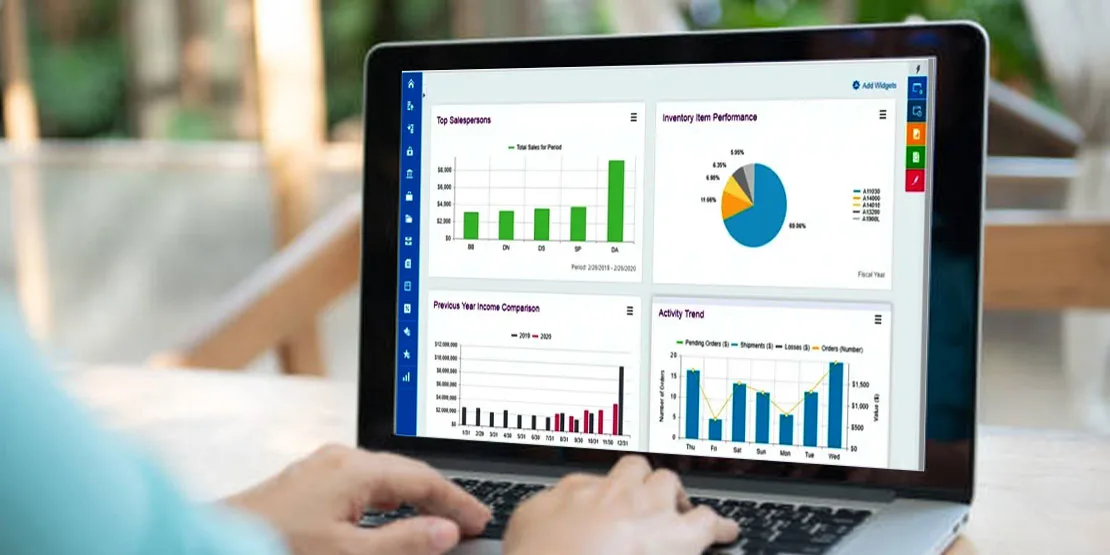
ERP Implementation Success
ERP systems integrate the multiple business processes by centralizing the user data and automating their workflows. The enterprise resource planning software also offers better efficiency, enhanced decision-making, and better utilization of resources. However, the implementation of an ERP system is a complex process which requires careful planning and implementation from both the ends. Most successful implementations share characteristics such as clear goals, stakeholder engagement, and ongoing support.
The benefits we provide
The ERP implementation helps the user, in various aspects here are a few benefits that comes with the ERP implementation.
Increased Efficiency:
Efficiency can be increased when the Enterprise Resource Planning also provides the right amount of automation and significantly goes with the core processes, which also helps the business owners to reduce their manual work and errors, it also allows them to focus more on the strategic tasks.
Improved Data Accuracy:
Consistent and accurate information are the components that can be obtained by the user when they have a Centralized data management like Odoo that works for all departments.
Enhanced Collaboration:
The ERP works on integrating various functions that together foster a better communication and collaboration across departments for the users in multiple fields.
Scalability:
A complete ERP system like Odoo can help the user to work towards their business growth, it is also important to equally supports the new processes and the additional users without reacting any disturbance to the current workflow of the user.
Some successful case Study
Fulton & Roark
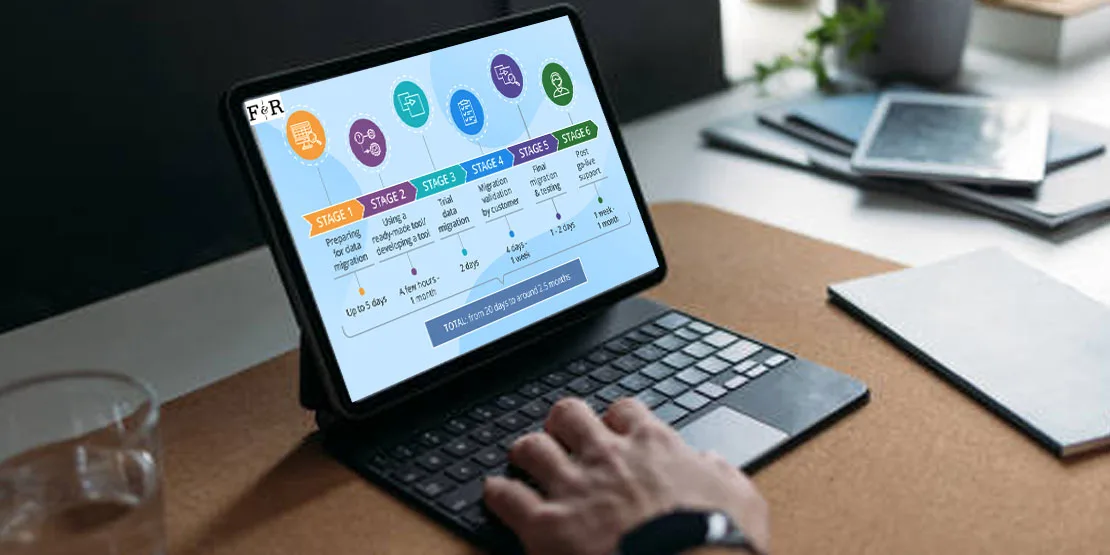
Background
Fulton & Roark is a famous retailer for men grooming product company situated in North Carolina. As the business grows its reliance on Spreadsheets and standard Accounting Software also increase.
Problems
The firm was facing double data entry due to separated systems.
Their current tools were not aligned with the COGS metrics.
Increased in their sales volumes presented a significant load on the solution that could help them manage their increased sales.
Implementation Plan
Fulton & Roark implemented the NetSuite ERP after the system was rolled out over three weeks. The rollout was initiated through the following:
Needs Analysis: Defining precise requirements in terms of inventory management and financial reporting.
Data Migration: Migrating data from spreadsheets and Sage Live into the brand new system.
Training: The ERP helped in educating the staff on new ERP functionality and its process.
Results
After implementation, Fulton & Roark realized the following benefits:
Reduced Errors: The centralized system reduced the error in bookkeeping concerning inventory.
Increased Sales: The company realized a 50% increase in the yearly sales without adding headcount.
Improved Insights: The user felt the difference in margin tracking and found it accurate, thereby enhancing the overall decision-making in the e-commerce operations.
Key Takeaway
If the user have a well-planned implementation they can have a rapid ROI.
Engagement of employees in the change will make them embrace the changing process and will significantly reduce resistance with the software.
N&N Moving Supplies

Background
N&N Moving Supplies is a well contracted group of distributor for moving equipment. The company expanded itself from one location to three major states, which eventually increased the complexity of the business.
Challenges
Inefficient Payroll Processing: It become very frustrating to process payroll through QuickBooks when operating multiple locations as the software fails in implementing it under a single platform.
Problems with Time Tracking: There was a problem with the accuracy in terms of time tracking, which further cause the errors in payroll.
N&N choose to work with NetSuite ERP in addition to the time-clock solution from NOVA time.
Main Activities were
Partner Collaboration: Integration of time-tracking features was achieved with NOVA time.
Employee Engagement: Customized dashboards for employees were designed to help them in facilitating user friendly interface.
Results
Substantial benefits arose from this implementation:
Payroll Processing Time Cut by 84% and the Payroll processing time was also reduced by 84%.
Accuracy Improved: Accuracy in tracking the overall labor-cost across locations improved.
Employee Empowerment: Personalized dashboards promoted the ventures transparency and enhanced the overall staff morale.
Key Takeaway
Engagement of the workforce in developing their applications which enhances its uptake.
The use of third-party partners may provide specific applications that is particularly necessary for business purposes.
Cadbury
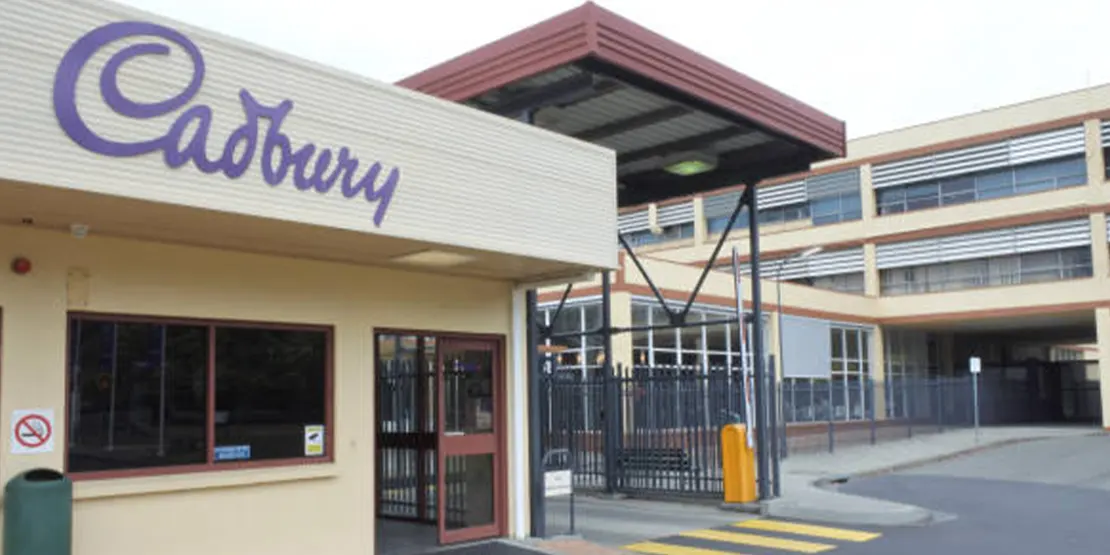
History
Cadbury was a part of Mondelez International that suffered in its earlier stage in growing operations of production and distribution.
Isuees
Process Inefficiencies: There existing processes were too slow for the new demand levels.
Complex Supply Chain Management: It become too complicated in managing the multi-mode resources of the users.
Implementation Approach
Cadbury implemented SAP ERP focusing on:
Streamlining the Processes: Efficiency in every possible location which increase the brand visibility.
Detailed Training Programs: Employees were capable of handling their new system.
Outcome
Cadbury's results did not put out everyone as it worked in the favor of:
Reduce Cost: The operating expenses were generally reduced due to the improvements in efficiency.
Improved Production Levels: A more responsive supply chain delivered better production performances.
Learnings
Gathering proper requirements helped them in aligning the functionalities of an ERP system with the business needs.
The venture invested in proper employee training that maximized the benefits of an ERP system.
Nestle

Background
Nestlé is a food and beverage multinational company that wanted to standardize its operations worldwide through an ERP system.
Challenges
Diverse Operations: The company was dealing with various product lines across different regions, which was a huge operational challenge.
Data Silos: Lack of integration resulted in inefficiencies and inaccuracies in reporting.
Implementation Plan
Nestle choose Odoo ERP for the reason that it can handle heavy operations:
Save and Harmonization Across Geographies: It aimed to make the process uniform across all geographies.
Training of Employees: A complete training program ensured an efficient transition at every level in the organization.
Outcome
The result was seen to be a significant development with the implementation of:
Process Improvement: Efficiency in the process reduced production cycles.
Clear Reporting: Better reporting increased the accuracy in the financial reporting and better decisions could be made at all levels of management.
Learning
Process standardization is where the ERP systems help global firms.
There should be proper training provided for employees so that successful outcomes are realized in the long term after implementation.
The Benefits of Implementing ERP Payment Solutions
Efficiency Gains
When the payment processes are automated well by the experts like O2B Technologies it reduces the overall time spent by the employees on different manual tasks, it also allows the venture staff to focus more on strategic activities rather than wasting their time on minor tasks that do not requires such attention.
Improved Cash Flow
Improved cash flow management can be achieved only then the user have a faster invoicing and payment collection this also helps the user to maintain business sustainability.
Cost Reduction
It is a high time that the user minimize their reliance on paper-based processes. This helps the business in reducing the transaction fees through digital payments, and the companies can significantly see a lower operational cost.
Enhanced Customer Experience
The ERP payment solutions offers a multiple payment options and streamlined processes that assist the user in improving their customer satisfaction and loyalty.
Centralized Financial Management
Integrating payments with other financial functions creates a holistic view of the organization’s financial health and gives a better understanding into the market.
The features we work on
Automated Invoicing and Payments
ERP payment systems help the user to automate the process of generating the components like invoices and the processing of payments, working on this approach the user can significantly reduce their manual input and further minimize the chances of errors.
Real-Time Reporting
Integrated payment is another feature that comes with ERP it helps the user solve a variety of business problem as it provides real-time visibility into transaction data, it also helps the venture to craft the solutions which promotes better decision-making and financial management.
Enhanced Security
These ERP systems also work on engaging the users with advanced security measures that further helps them to protect their sensitive financial data during transaction process.
Multi-Payment Options
Businesses can accept various payment methods, like credit cards, ACH transfers, and digital wallets, and gives the user a better customer preference according to their past purchases and preference history.
Compliance Management
The ERP payment systems also help multiple organizations to submit their financial regulations as well as maintains their accurate records and automating process for the reporting operations.
What are the steps we follow for a successful ERP Payment Implementation?
Define Objectives
Objective is nothing it is a clear outline of what you aim to achieve with the ERP payment integration for example some of you might use it for improving the efficiency, some wants to have enhanced security, and others may be doing it to expand their payment options. The objective can be different for the users but it is essential to understand your own objective and then work for the same.
Select the Right ERP Solution
Choose an ERP system that goes well with your business needs and also has the capability to robust the payment integration capabilities.
Plan the Implementation Process:
Assemble a cross-functional team that has the departments like IT, finance, and operations personnel to oversee the project.
Develop a detailed project plan with a detailed chart on timelines, responsibilities, and milestones.
Conduct Training
Provide the in detailed training for employees on how to use the new system effectively and work during the troubleshoot.
Test Before Going Live
Conduct thorough testing of the integrated system to eliminate the chances errors before the full deployment.
Monitor Performance Post-Implementation
Once the deployment has gone live, it is essential to have a continuous monitoring of the system performance and user feedback to make necessary adjustments.
FAQs
Does ERP used in bank sector?
Yes, the banking sector continually uses ERP to grow and adopt the ERP systems.
How can we enhance our business ERP payment implementation?
We can enhance the overall business ERP payment implementation, by understanding the prospective of the business and then determining the areas of improvement, while also integrating the overall ERP software with the external payment systems that gives the better efficiency.
What are the best practices we can follow for our ERP payment implementation?
Some of the best practices that the user can follow in order to have a good ERP payment implementation is the active communication, Automate tasks, implementation of the extensive training program according to the user.
Which is the best ERP payment implementation?
Odoo is the best ERP for payment implementation available in the market.
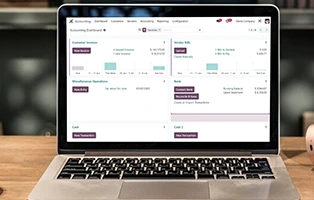


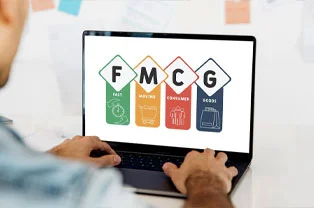
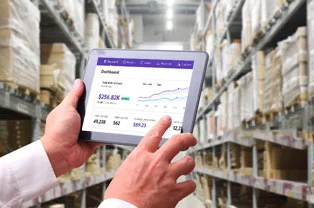
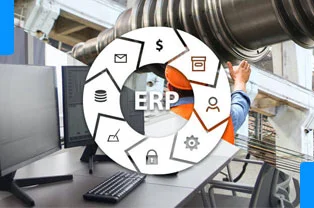



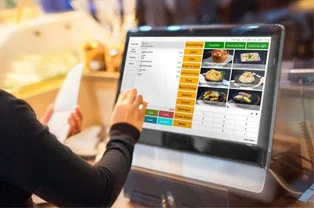

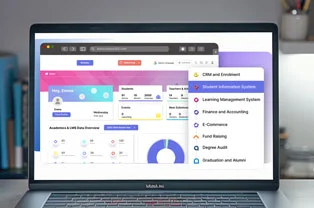







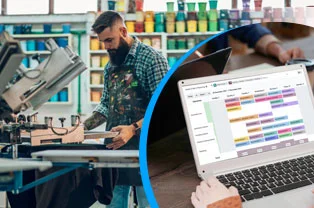
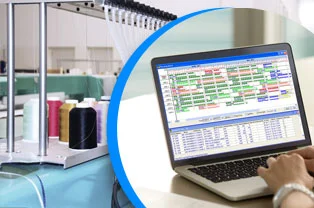
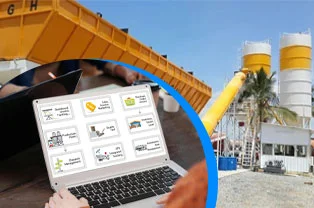
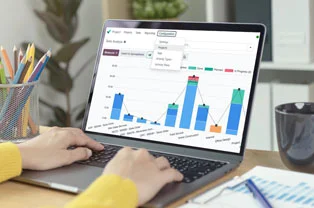

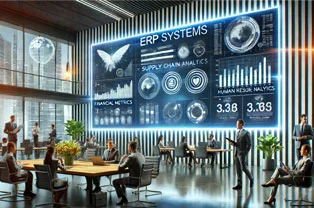


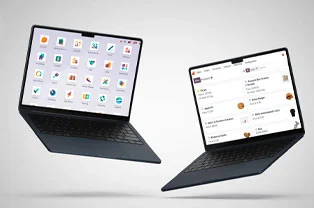

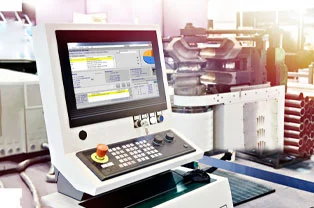
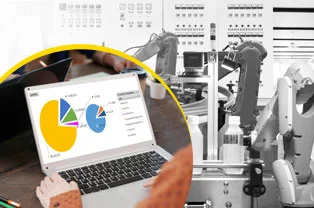

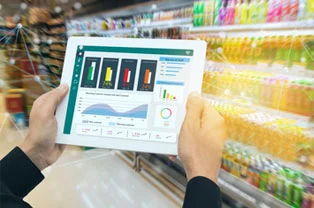
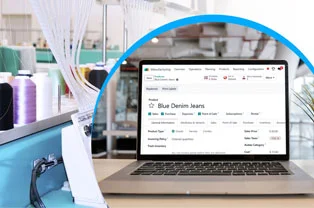
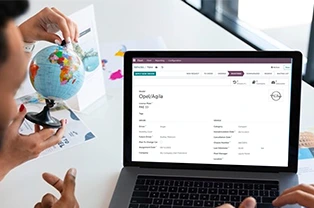















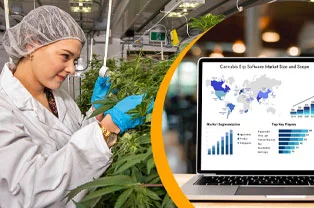









 USA
USA INDIA
INDIA